- Joined
- Aug 15, 2000
- Messages
- 19,125
Hi all. We have done some up grades to HCA.
1. you can enter the GIA report # - most stones of the better cut available stones will come up with a simple cut and paste. If not then you just enter the data as usual
2. there is a new graphic for the grade bar
3. a new graphic that indicates where the stone falls withing GIA and likely AGS cut grades (remember this is based only on Table, crown and pavilion angle. Depth % enables us to calculate girdle thickness but we do not attempt to do GIA cut grades from girdle)
4. trade members are directed to a new commercial HCA site where they will receive a subscription service. That service enables uploading of 100,000 stones at a time. That should lead to Pricescope vendors being able to sift through and list the likely best new stones as they become available. PS vendors get a 50% discount.
5. there have been a lot of trade and affiliate buisnesses doing HCA for thousands of stones a month on the PS HCA site - so we decided to enable a trade only service (and charge for it)
6. if you are not logged in you will have a restricted number of searches
7. I removed the % data as it is way less accurate given GIA rounding is even worse on %'s than crown and pavilion angle rounding (culet was only useful when % were entered)
8. have a cool little GIF to explain why scores under 1.0 are great for earrings and pendants, and may not be best for rings
9. the data you last entered stays now rather than defaulting to 34 40.5. Opinions on changing default to Tolkowsky or 34 41?
I am open to suggestions that can improve the HCA service. It is in Beta 1.7
1. you can enter the GIA report # - most stones of the better cut available stones will come up with a simple cut and paste. If not then you just enter the data as usual
2. there is a new graphic for the grade bar
3. a new graphic that indicates where the stone falls withing GIA and likely AGS cut grades (remember this is based only on Table, crown and pavilion angle. Depth % enables us to calculate girdle thickness but we do not attempt to do GIA cut grades from girdle)
4. trade members are directed to a new commercial HCA site where they will receive a subscription service. That service enables uploading of 100,000 stones at a time. That should lead to Pricescope vendors being able to sift through and list the likely best new stones as they become available. PS vendors get a 50% discount.
5. there have been a lot of trade and affiliate buisnesses doing HCA for thousands of stones a month on the PS HCA site - so we decided to enable a trade only service (and charge for it)
6. if you are not logged in you will have a restricted number of searches
7. I removed the % data as it is way less accurate given GIA rounding is even worse on %'s than crown and pavilion angle rounding (culet was only useful when % were entered)
8. have a cool little GIF to explain why scores under 1.0 are great for earrings and pendants, and may not be best for rings
9. the data you last entered stays now rather than defaulting to 34 40.5. Opinions on changing default to Tolkowsky or 34 41?
I am open to suggestions that can improve the HCA service. It is in Beta 1.7

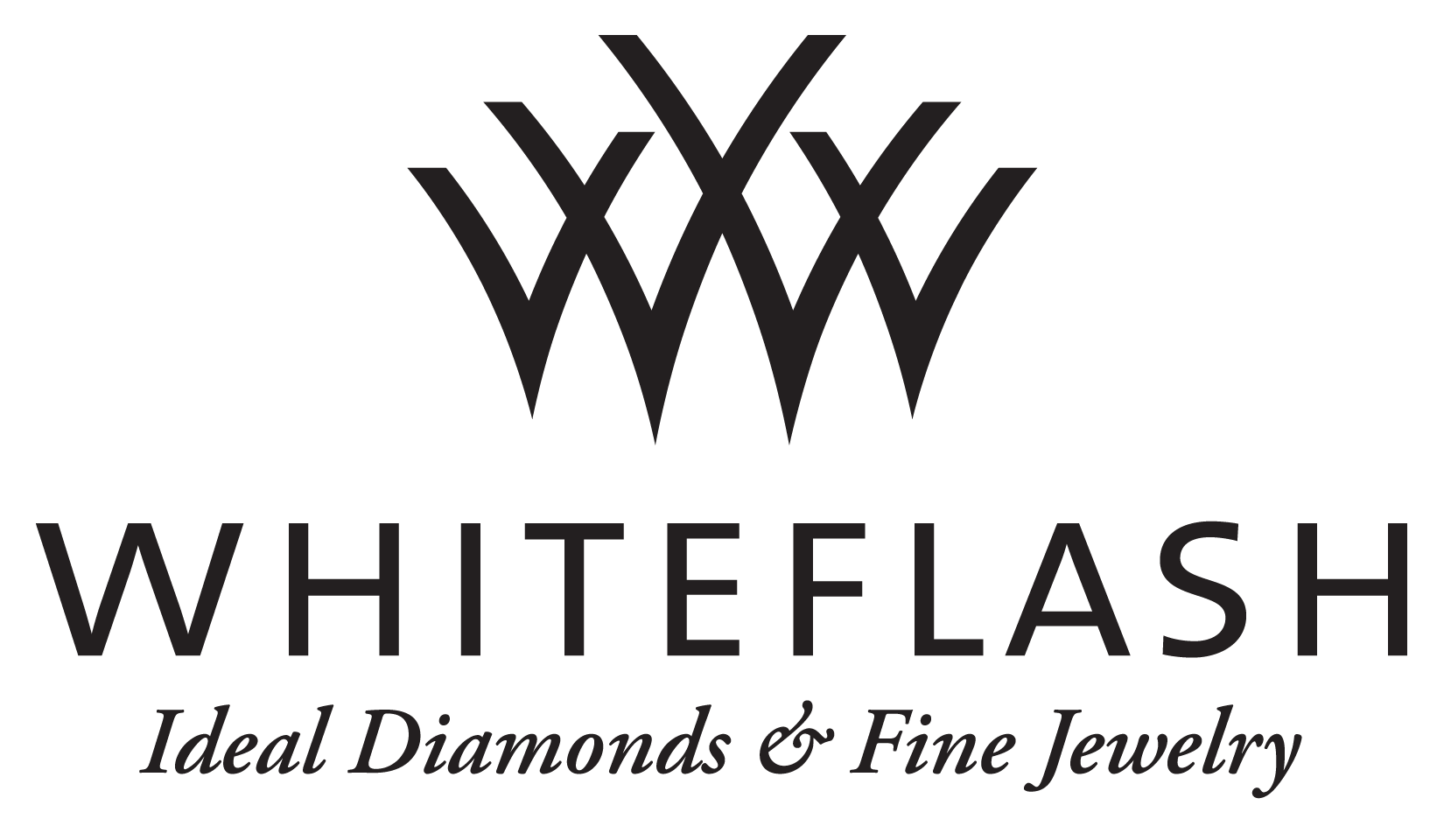
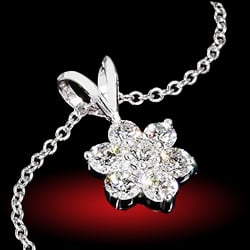
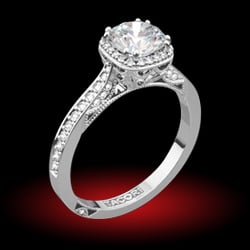
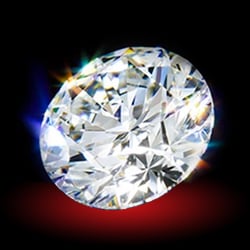
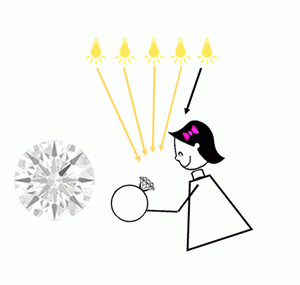


300x240.png)